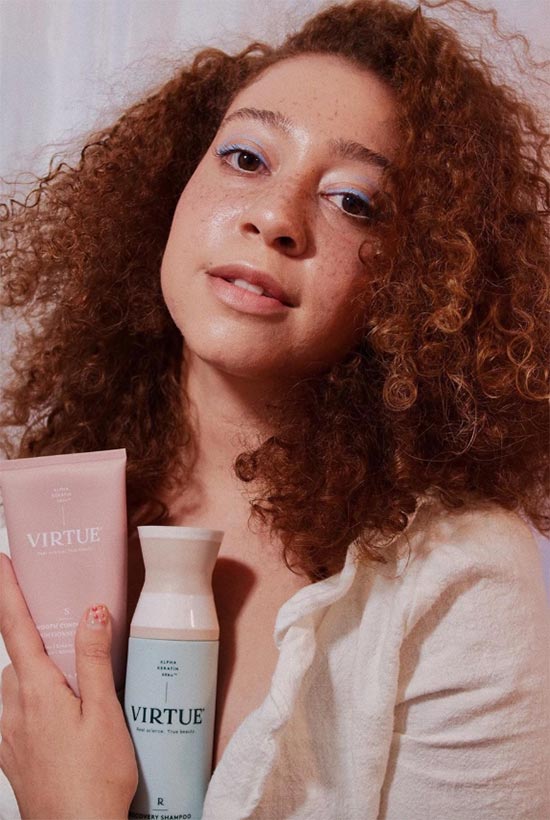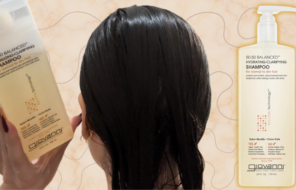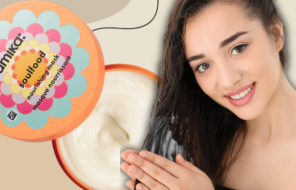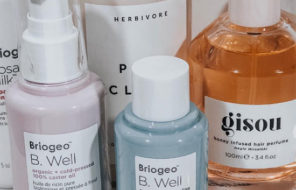When you have dry hair, you might struggle with flyaways and tangles, experience more split ends, and even notice that it’s harder to style your hair. Dry hair can be frustrating but thankfully, there are products and treatments designed especially for your hair’s condition. In this article, we explain dry hair causes and bring tips on dry hair remedies, from washing to using the right products.
In this article:
Common Dry Hair Causes
While there are plenty of products that you can use to treat dry, brittle or damaged hair, one of the best options is to avoid hair care behaviors that encourage dryness or increase the risk of hair damage.
Dry hair tends to look dull like it’s missing sheen. This is the most obvious sign that your hair is lacking critical moisture to keep it looking healthy. But damaged hair can also look and feel brittle. And in some severe cases, you can hear an audible noise like the sound of dry grass or straw when you squeeze your hair.
So what causes hair damage?
When your scalp doesn’t produce enough oil to keep your hair hydrated, you get dry hair. Using wrong hair products like shampoos can also aggravate the state of your dry hair.
There are a variety of factors that can cause hair damage. Some of them are environmental, while others have to do with your hair care or lifestyle habits. Below are the most common causes of dry hair.
• Weather
If you live in a dry climate, your hair is going to need more moisture than someone who lives in a humid region. In particular, people who live in seasonal climates might experience seasonal dryness as the drier winter air saps their hair of essential moisture. You might also experience more split ends during colder times of the year versus in the spring and summer when the air has more moisture.
• Lack of Hydration
The saying “you are what you eat” should be expanded to mean “you’re also what you drink”. If you don’t drink enough water, that can also impact your hair, making it dry, brittle and more prone to damage.
• Medications
Some medicines can have unintended side effects, and that can include dry or damaged hair. While you might not be able to stop taking a medication without adversely affecting your health, it’s important to be mindful of how your prescriptions could impact other areas of your life.
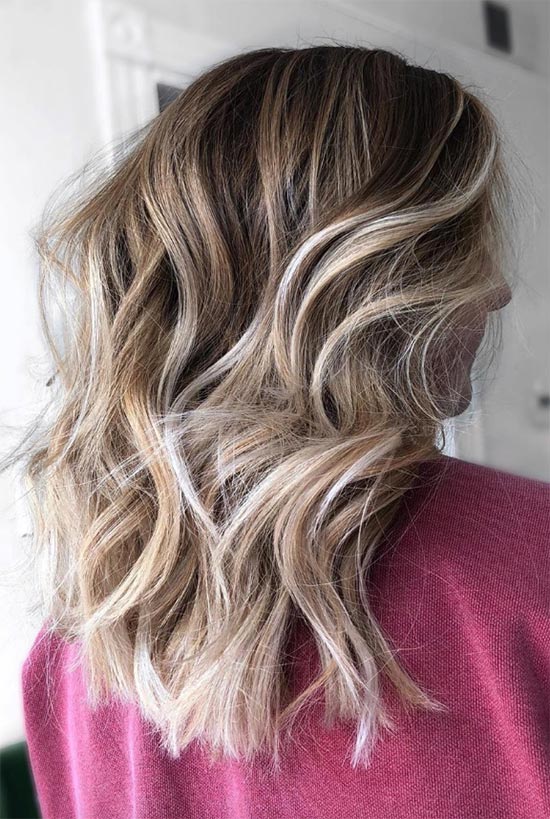
• Washing Hair Too Frequently
Infrequent hair washing can lead to product build-up, greasiness, and just a generally gross appearance. But you can also wash your hair too much. When you overindulge in this area, you end up stripping your hair and scalp of natural oils that help to keep them moisturized and healthy. This can lead to dull-looking dry hair, an increase in breakage, and even dandruff and scalp irritation.
• Excessive Use of Hot Tools
There’s nothing like a great blowout or flat iron to give you that sleek or bouncy look you crave. But if heat styling tools are a part of your daily routine, you could be encouraging damage and hair dryness.
• Chemical Styling
Coloring your hair, getting a curly perm, or straightening it via the various treatment methods available can be a great way to switch up your look. But constant chemical applications without any breaks can ultimately damage your hair.
In mild situations, your hair can become dry. But in severe cases, it can lead to serious damage such as breakage and thinning. If you are dead set on leaving chemical styling as a part of your hair care routine, always go to a professional.
• Genes
For better or worse, you may have gotten your dry hair from your parents or their parents. Just like eye color, body type, and height are all inherited traits, so is your hair type. If everyone on your mother’s side of the family has dry hair that constantly needs deep conditioning treatments, you shouldn’t be surprised when you also have to incorporate them into your hair care routine.
How Often to Wash Dry Hair
Is there a magic number of times that you should be washing your hair? Can you go all week without washing it? We promise it’s not as complicated as creating an algebraic equation.
Like we mentioned earlier, washing your hair too frequently when you already have dry hair can make a bad situation worse, encourage breakage, split ends, and even an itchy scalp.
• Washing Dry Color Treated Hair
If your dryness is related to color processing, you should scale back to a once a week hair washing regimen. Instead, between washes opt for a great dry shampoo that can control any oil build-up.
• Washing Thick Dry Hair
Dry, thick hair should be washed more frequently than color-treated hair. Opt for twice a week cleansing routine for shampoo and between shampoos rely on co-washing or the act of only washing your hair with conditioner. This is a gentler process on your hair and is less likely to strip critical oils from your scalp and hair.
• Washing Thin Dry Hair
Thinner hair can be washed the most, with as many as three times a week being perfectly safe. But just like with color-treated hair, you should invest in a good dry shampoo to keep oil under control between washes.
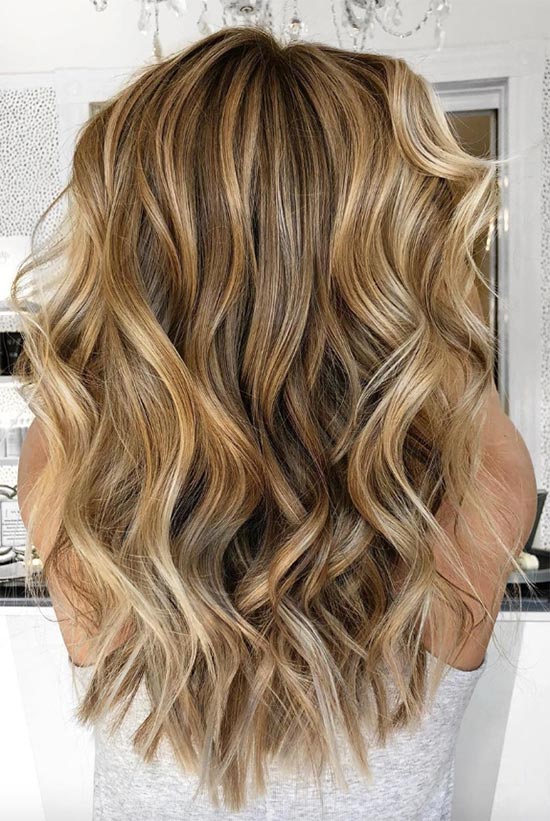
How to Get Rid of Dry Hair
Aside from picking the best shampoo for dry hair and the right wash schedule, there are other things you can do to help restore the health of your hair and scalp. In particular, some of those options include DIY solutions and treatments you can make from products found in your kitchen.
In this section, we discuss how to get rid of dry hair and have luscious locks at all times.
• Never Skip the Conditioner Step
Dry hair is more prone to damage. And that means that it needs even more TLC to keep it looking healthy. This also means that you should never skip the conditioning step. Look for conditioners that contain natural oils and are free from silicones.
• Limit Your Chemical Treatments
This should seem obvious, but if your dry or damaged hair is being caused by chemical straightening, coloring or curl processing, it’s time to cut back. No matter how many restorative shampoos, conditioners, and deep treatments you use, you’ll never totally erase the damage caused by frequent chemical styling. Instead, you need to reduce the number of chemical treatments you undergo.
• Reduce Your Heat Styling
Along the same lines as chemical treatments, constant heat styling can lead to damaged and dry hair. The best way to minimize this risk is by cutting back significantly on your heat styling tool usage. Learn ways to style your hair that are heat-free.
This can include allowing hair to air-dry or styling by using techniques such as setting your hair on Bantu knots, braids, or twists, as well as incorporating styling solutions like beach wave sprays that can give you the desired look without the need for heat.
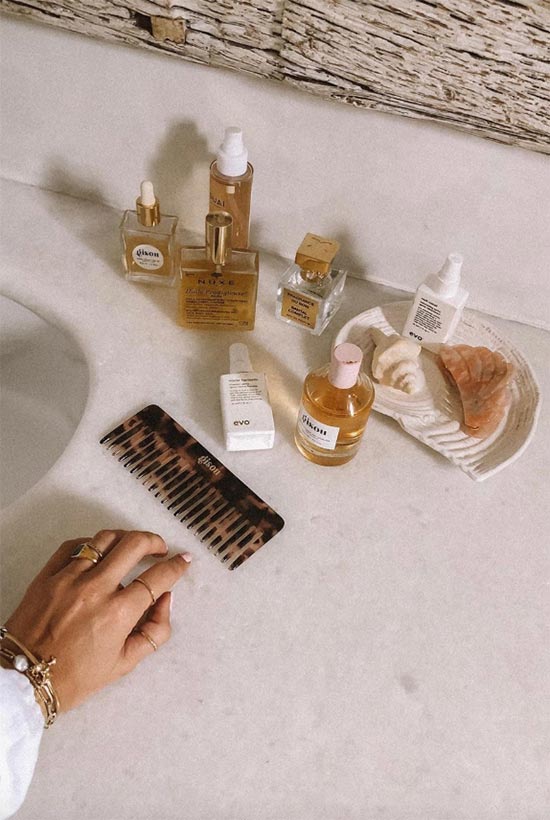
And when you do need to use heat, be sure to keep styling tools on the minimal temperature required to achieve desired effects. This means using blow dryers on medium heat and not turning flat irons up to 450F. And always use a heat protectant spray or serum before touching your hair with a heat styling tool.
• Swap the Brush for a Comb
For most people, they can benefit from changing their styling tools routine and opting for a comb instead of a brush. While it might sound counterintuitive, a brush can encourage damage by ripping through tangles rather than gently removing them. Opting for a comb to gently work through tangles from tip to root is a safer alternative that minimizes the risk of damage.
However, if you do want to use a hair brush, invest in a boar bristle brush. This type of styling tool is designed with bristles meant to stimulate the scalp and encourage the production of natural oils.
• Invest in Moisturizing Styling Products
Look for hair products that contain essential oils like jojoba or argan oil, or butters such as shea and mango. These products will infuse critical moisture into your dry hair every time you use them and help to reduce the appearance of dryness.
• Don’t Skip Sun Protection
Just like your skin, your hair needs protection from harmful UV rays. Invest in products that highlight these features and use them regularly to keep the sun from sapping essential moisture from your tresses. If you can’t find products with built-in sun protection, invest in a sun hat to block your hair and scalp from the sun.
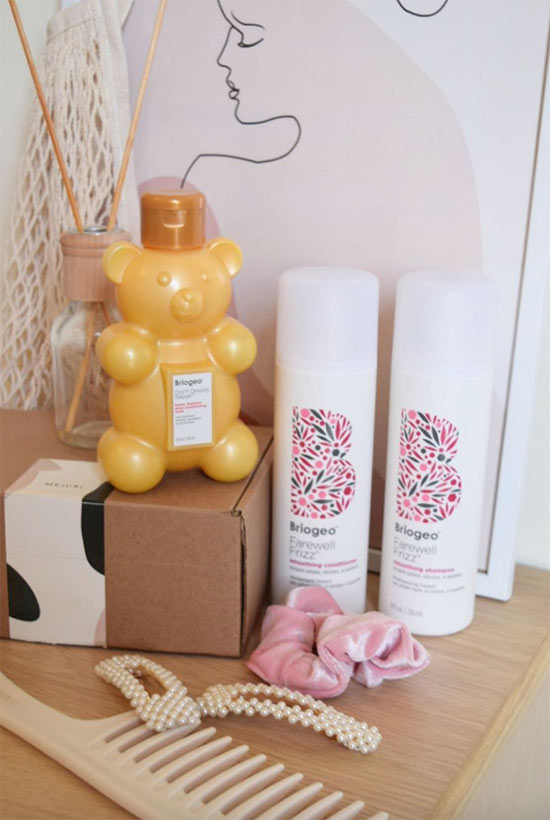
• Be Gentle with Your Hair
Sometimes we can be our own worst enemies. Roughly raking through our hair with brushes and combs or being impatient when detangling hair can all add to the damage.
For example, when washing your hair, instead of scrubbing your hair, begin by working the shampoo or conditioner into scalp and roots and gently smoothing it down the length of the hair to fully cleanse your hair. And when drying your hair, use a microfiber towel or cotton T-shirt and gently blot rather than roughly handle your hair.
• Use Cool Water
If you only wash your hair in the shower, this may be a hard tip to embrace. But hot water is more likely to strip your dry hair and skin of moisture than lukewarm water. If the idea of taking tepid showers is unappealing, save washing your hair to the end and turn the temperature down to as cool as you can stand it. This will help to protect your hair and retain moisture.
• Deep Condition
Even if you never skip the conditioner step when you wash your dry hair, you can still benefit from a good deep conditioning treatment – a good hair mask or hair oil. This is when you use a conditioner on your hair for an extended period – sometimes under a hood dryer to help the product better penetrate the hair shaft.
For especially dry and damaged hair, opt for a weekly deep conditioning treatment. Make sure that your hair is thoroughly coated and then wrap your hair in either a plastic shower cap or plastic bag. If you don’t have a hood dryer, this will allow the heat from your body to help the product penetrate the hair.
Regardless of whether you use a dryer or natural body heat, let the conditioner sit for at least an hour for best results before washing it out.
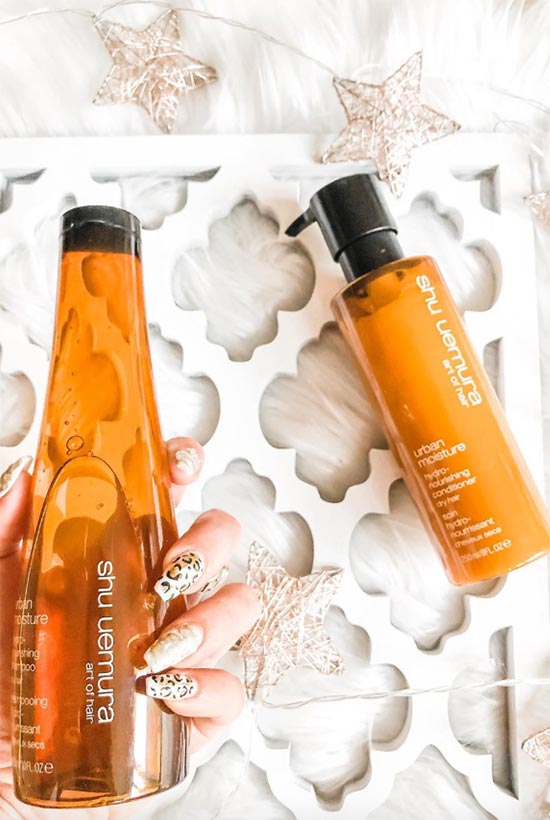
• DIY Hair Masks for Dry Hair
There are countless recipes for DIY hair masks for dry hair that feature everything from coconut oil and lime juice to mayonnaise and eggs. The version you choose is going to be dependent on your specific goals, your hair’s chemistry, and what’s in your kitchen.
Honey, mayonnaise, avocado, and egg yolks are some of the best ingredients to use in your DIY hair mask for dry hair, since they all have nourishing, conditioning properties. For instance, you can combine a mashed ripe avocado with an oil of your choice and apply it to newly washed hair, rinsing it after 30 minutes.
Another good idea is using hot oils to treat dry hair, like olive oil, coconut oil, almond oil, or jojoba oil. You just need to warm the oil of choice and massage your scalp with it. Leave it on either overnight or for some 30 minutes before completely rinsing the hair.
But unlike a deep conditioning treatment, you don’t want to leave a DIY hair mask in your hair for too long as you may have trouble rinsing it out. A general rule of thumb is to apply it to wet hair as soon as you get in the shower and then wash it out when you’re finished showering.
• Scalp Massages
A lack of oil production is one of the main causes of dry hair. And often, this can be because the scalp isn’t being properly stimulated. Start making it a habit to give yourself a scalp massage every day.
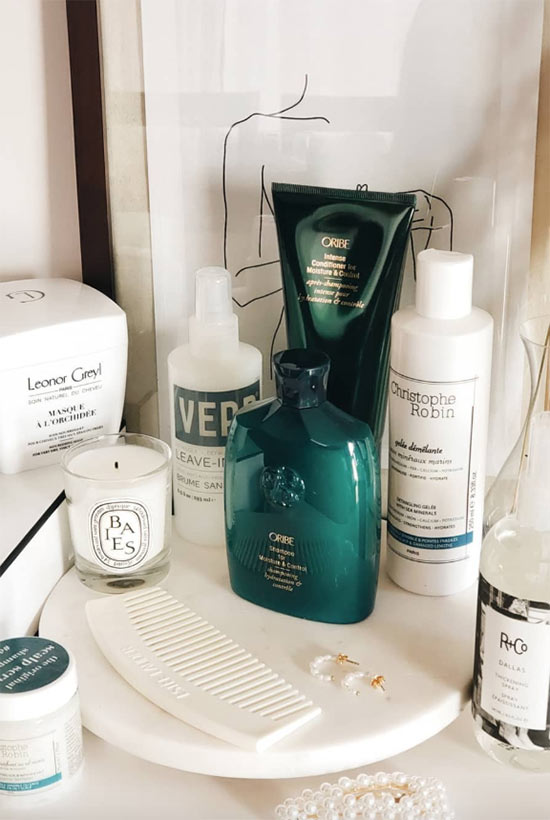
Invest in a natural oil like jojoba, argan, or even coconut oil and apply a little bit to your fingertips before you begin massaging your scalp. Much like the boar bristle brushes, your fingers will help to stimulate your scalp and encourage it to produce natural oils that will help to moisturize your scalp and dry hair.
• Inspect Your Diet
Again, you are what you eat. Often unhealthy hair can be linked to poor diet and not drinking enough water. If your diet leaves a lot to be desired, it’s time to start increasing the number of healthy foods you eat and aiming to meet the recommended amount of water intake for your weight and height ratio.
• Don’t Forget the Trim
There’s no point in holding onto lifeless split ends. One of the quickest ways to make your dry hair look healthier is by getting a trim. Doing this will help prevent split ends from growing any further up the hair shaft.
Opt for a trip every two to three months, and if you’re concerned about your hair being too short, ask your stylist to only trim off the absolute necessary amount to banish split ends.
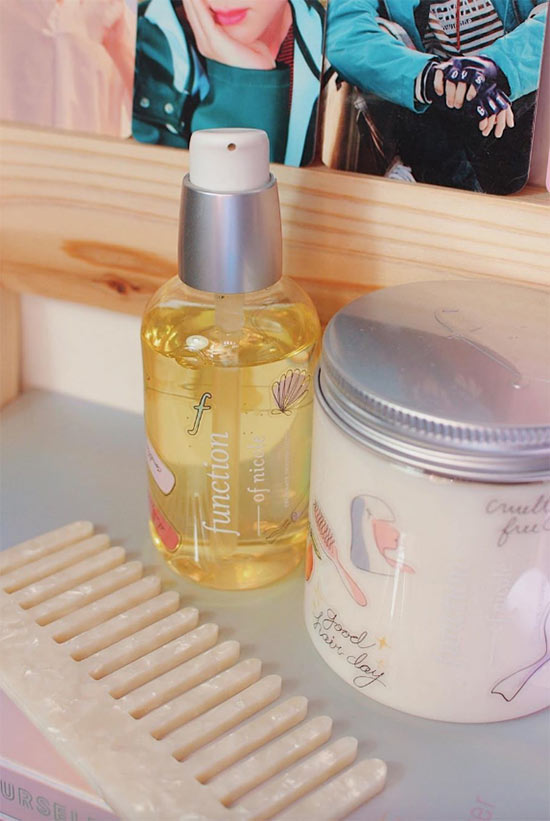
Photos via @briana.wilvert, Instagram

